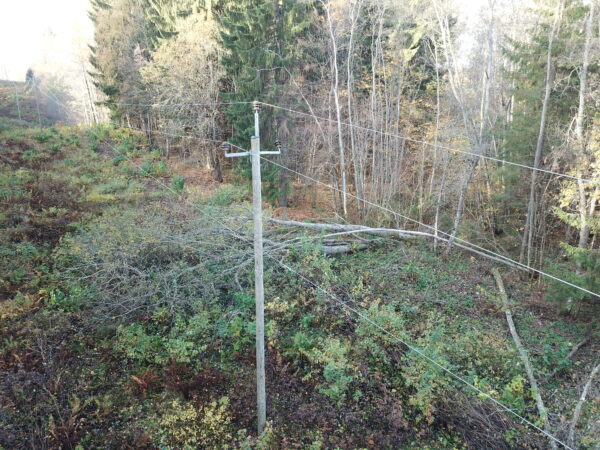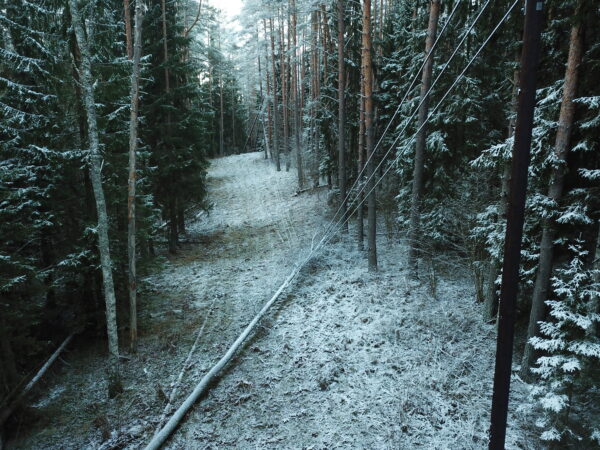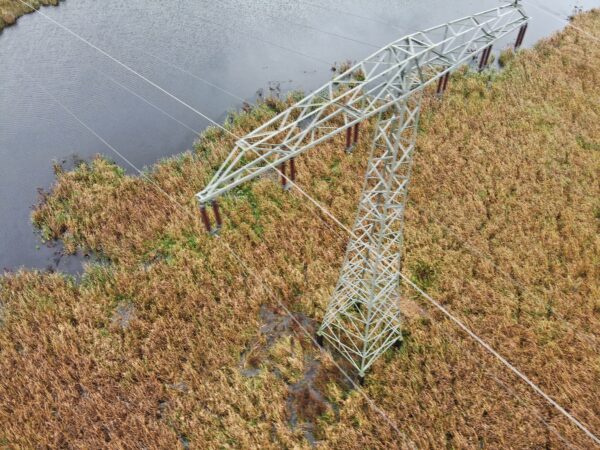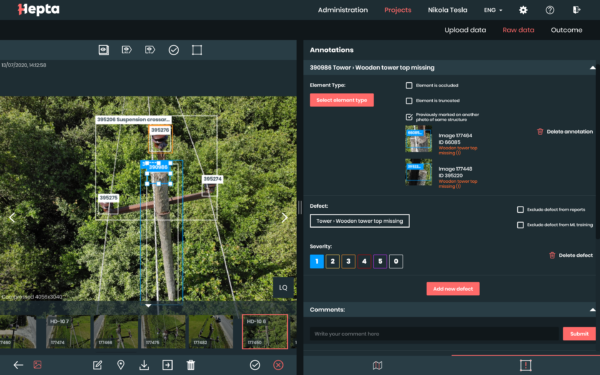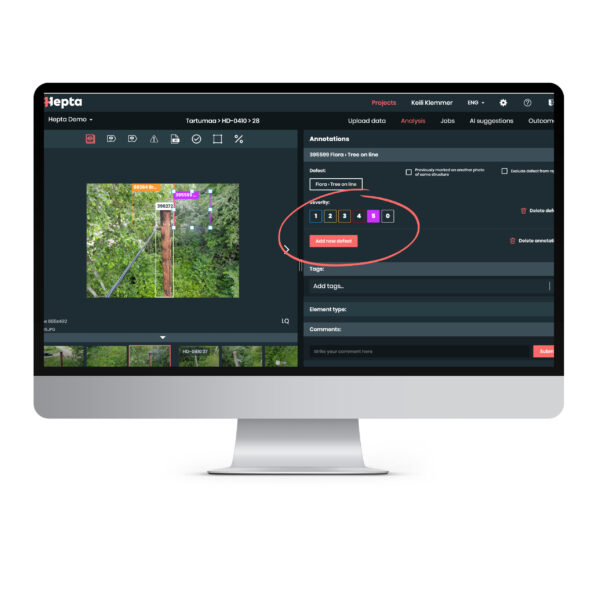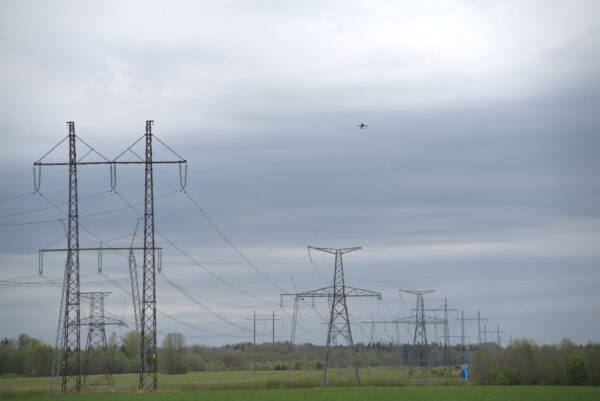Overview of vegetation management conducted by utility companies
For utility companies, vegetation management is an essential everyday task. It stems from the way power lines are built to connect power plants to the end-users. Power lines tend to travel the shortest way from point A to point B to limit power losses. This means that power lines have to go over and cross all sorts of terrains, like mountains, bogs, wetlands, and thick forests. While constructing power lines in hard-to-access areas is already tricky, maintaining them and the immediate surrounding area becomes equally challenging. Here, vegetation management for utility companies means clearing the area surrounding the power lines and their corridors of all unwanted and possibly dangerous vegetation. That means cutting down trees too close to the power lines or towers, clearing rapidly growing bushes and weeds, and using predictive models to find possible future hazard spots.
Vegetation management activities:
- Clearing trees that are too close to the power lines
- Trimming branches that might pose a threat to power lines
- Clearing fast-growing bushes and weeds in the power line corridor
- Using herbicides to limit vegetation growth in power line corridors
When utility companies do not pay sufficient attention to vegetation management, the risk of damage and outages stemming from the surrounding nature and vegetation increases multiple times. The most common problem that power grid operators face is fallen trees on lines. Both trees falling due to stormy weather or old age can cause severe damage to the power lines by either severing the lines completely or catching fire on the lines and lighting the surrounding area. The same can happen with larger tree branches, breaking or falling on power lines.
Another danger that a lack of proper vegetation management causes is the threat of wildfires, especially in rural and forest areas. When only clearing the power line corridor vicinity of dangerously near trees, but leaving smaller bushes and weeds unchecked, there is a real possibility that over a short period, the vegetation will overgrow and become prone to wildfire. This is especially dangerous if any live wires should come into contact with the overgrown vegetation due to branches or trees on the power lines, as seen in the image above.
The results will come quickly when power grid operators don’t conduct regular inspections or only manage limited vegetation. This can often be seen in significant outages and blackouts after larger storms, which cut down trees near power lines in multiple locations, or large-scale wildfires causing immense damage to nature and surrounding properties, stemming from lit branches on power lines.
Vegetation management possibilities for utility companies today
All vegetation management activities start by conducting thorough and conclusive inspections that give a clear overview of the vegetation situation in the inspected area. In the past, power line inspections were conducted by on-foot patrols or helicopter teams. Still, those proved less effective in defect detection, needed either hard labour or high running costs, and their effects were limited in hard-to-reach areas, such as thick forests. That is why power grid operators and utilities generally use drone-based inspection teams for defect detection. Drone-based inspection teams can get a bird’s-eye view of the power line corridor and get close to individual assets, such as poles, towers, or trees. This allows for more significant defect detection while also enabling the use of different sensors, such as LiDAR and thermal imaging. They also help inspectors gain greater access to power lines, regardless of location. Power lines in hard-to-reach areas such as bogs and wetlands can be inspected from dry land, without traversing shallow waters in boats, for example.
Once inspections are conducted, the collected data is uploaded to a specialized power line inspection platform, such as Hepta Insights. Insights allows grid operators to quickly and thoroughly inspect all of their inspection data in a custom-made environment, see the results on a GPS map, get detailed reporting on the state of their grid, and create automated work orders for their work teams. Grid operators can also automate their analysis by utilising machine learning models that Hepta builds for their customers. Machine learning models allow grid operators to analyse thousands of images for defects in minutes, thus dramatically shortening the inspection processes and enabling quicker inspection cycles.
In addition to AI-driven defect detection in Hepta Insights, power grid operators can also use predictive analysis, which allows them to act proactively and avoid hazards even before they occur. This enables them to mark down areas most likely to pose a threat over the next year and clear them ahead of schedule, not waiting for the next cycle or maintenance period when it might be too late.
Using a combination of highly capable drone-based inspection teams and Hepta’s specialized power line inspection platform, Insights, for fast and conclusive data analysis and predictive analytics, utility companies can upgrade their vegetation management activities to a new level. By implementing these steps, utility companies can make well-informed decisions, have a clear overview of their assets, and avoid possible vegetation-related hazards.
